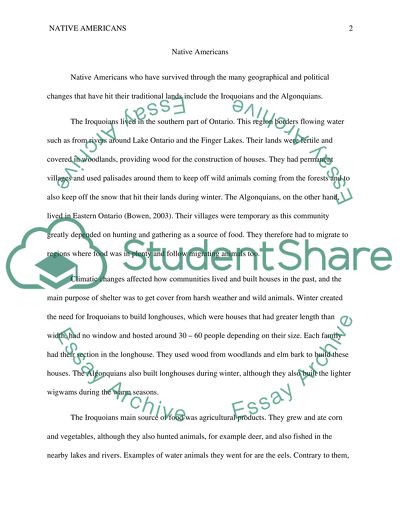Social Studies Native Amercian Group Essay Example | Topics and Well Written Essays - 500 words. Retrieved from https://studentshare.org/history/1661074-social-studies-native-amercian-group
Social Studies Native Amercian Group Essay Example | Topics and Well Written Essays - 500 Words. https://studentshare.org/history/1661074-social-studies-native-amercian-group.


